LONDON – As global hunger swiftly rises — by more than a third last year — curbing it will require not growing more food but rethinking broader systems of trade and aid, farming’s heavy reliance on fossil fuels, food waste and meat eating, experts said.
Farmers today grow sufficient crops to feed twice the current population — but but nearly a third of food produced globally is spoiled or thrown away, said Philip Lymbery, the chief executive of Compassion in World Farming International.
At the same time, grain that could feed billions of people is instead fed to factory-raised food animals — suggesting a reduction in meat consumption is one clear way to cut hunger, he said at a conference on global food systems in London last week.
In Europe alone, 60% of grain is now grown for animal food, said Tim Benton, a food systems expert at the London-based think tank Chatham House, which raises questions about whether scarce land could be better used.
As global leaders look for ways to keep food available and affordable, and prevent rising hunger, “it’s not about food scarcity because there’s no food scarcity,” Lymbery noted.
Surging hunger
Globally, hunger is surging, with 258 million people in nearly 60 countries facing acute food insecurity last year, a 33% jump from 2021, according to the Global Report on Food Crises 2023, released in March.
Problems are growing not just in traditional aid recipient countries such as Yemen, Somalia and Afghanistan but also in nations from Nigeria to the Democratic Republic of Congo, it showed.
The report, backed by agencies from the U.N. World Food Program to the World Bank, found that climate change impacts — from floods in Pakistan to drought in the Horn of Africa — were key contributors to the surge.
But conflicts — including Russia’s invasion of Ukraine, which slashed wheat exports from Ukraine and drove up the prices of energy and fossil fuel-based fertilizers — also played a major role, particularly in contributing to rising food prices.
“We depend more and more on a small number of countries for production of the major crops we depend on,” said Olivier De Schutter, co-chair of IPES-Food, an international expert panel on sustainable food systems.
That means when climate change slashes production in one or more key producers, or a conflict breaks out in one, “global supply chains are disrupted … (and) the whole global food system is impacted.”
In the wake of the Ukraine invasion, food costs also rose as speculators, hedge funds and a handful of big agribusiness companies that control most global food trade made profits, said De Schutter, who is also a U.N. special rapporteur on extreme poverty and human rights.
He suggested that finding ways to wean global agricultural production off its heavy reliance on fossil fuel-based fertilizers could be a key way to protect access to food from volatile oil and gas prices.
Helping poorer countries escape their often heavy debt burdens could also help them shore up their food security, allowing them to focus more on growing food for their own people rather than raising export crops to bring in the cash needed to service debt, De Schutter said.
Competing answers
Benton, of Chatham House, said two very different views of how to achieve future security are now competing.
In the first, the assumption that the world will need 50% more food by 2050 — in part to meet growing demand for meat and dairy as poor countries grow richer — demands much more intensive production from limited agricultural land.
That view assumes agriculture in the future will become much more technological and centralized, with heavy use of drones, satellites and the “internet of things” driving smarter production — and likely resulting in fewer farm jobs.
The second view, however, envisions farmers shifting to more ecologically friendly, smaller-scale and less fossil fuel-intensive agriculture, with food demand not growing significantly because food waste is cut and meat-intensive diets decline.
“Everybody agrees food system transformation is needed” — just not what kind, said Molly Anderson, a food studies professor at Middlebury College in the United States.
Seth Watkins, a farmer in the U.S. state of Iowa, said at last week’s food conference that he had seen first-hand how intensive farming systems were damaging soil health, raising questions about the long-term viability of farming, especially as climate change impacts worsen.
“Often (a focus on) technology holds us back from the sustainable solutions we need to fix our food system,” he said, calling for a switch to more environmentally friendly and low-carbon ways of producing food.
Decisions made now are crucial because “it’s our own regeneration or extinction we’re talking about,” Watkins said.
Susan Chomba, director of the Vital Landscapes in Africa program for the World Resources Institute, said efforts to cut food waste were particularly crucial as key farm resources from available land to water grow scarcer.
“No matter how much we try to produce, if we can’t address what is lost and wasted it’s a counterproductive process,” she said in an interview.
A range of powerful vested interests stand in the way of shifting food systems to effectively manage growing hunger, climate threats and ecological decline, the analysts said.
Worsening disinformation and a rise in authoritarian governments around the world also are acting as a brake on change, they said.
But with hunger growing fast and new challenges appearing — from an expected drought-spawning El Nino weather pattern emerging this June to new conflict in Sudan, adding to humanitarian burdens — public discontent and pressures on politicians for change are also likely to increase.
“Because we’re not tackling the environmental crisis, the disruptions we see are going to get bigger and bigger,” warned Benton of Chatham House.
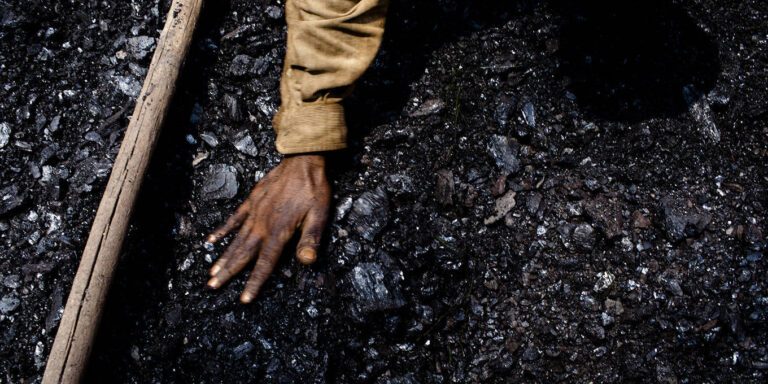
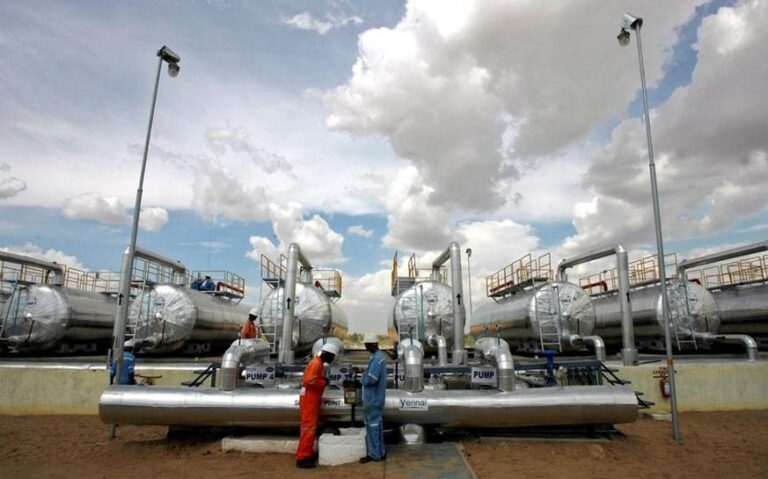

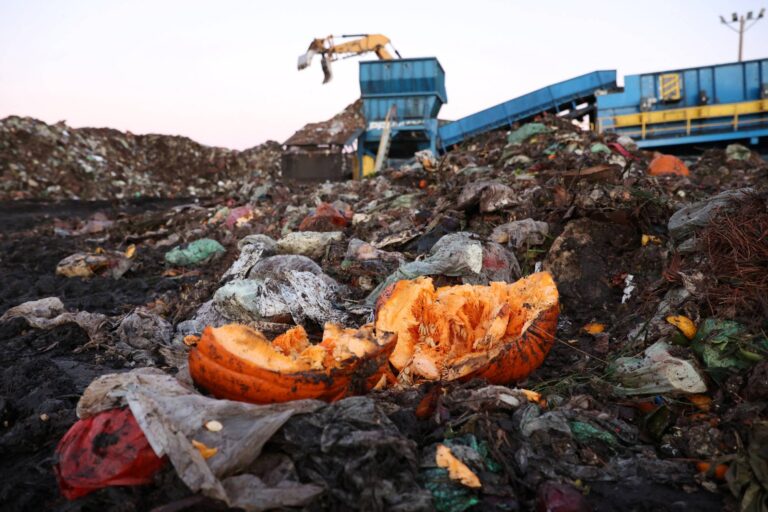
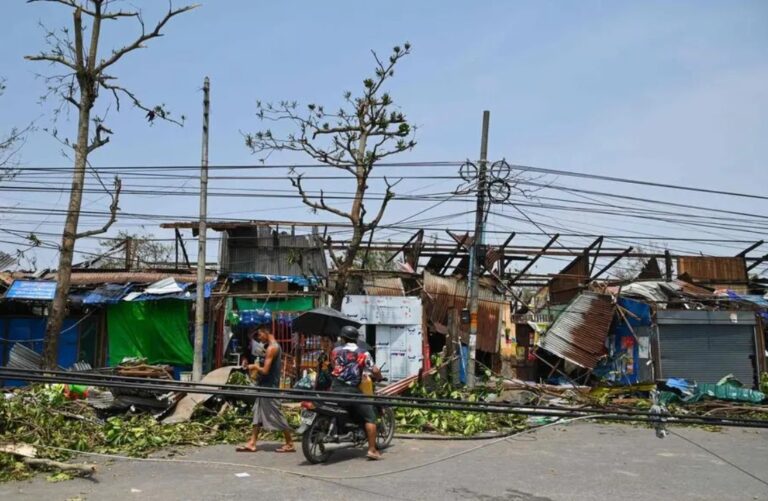
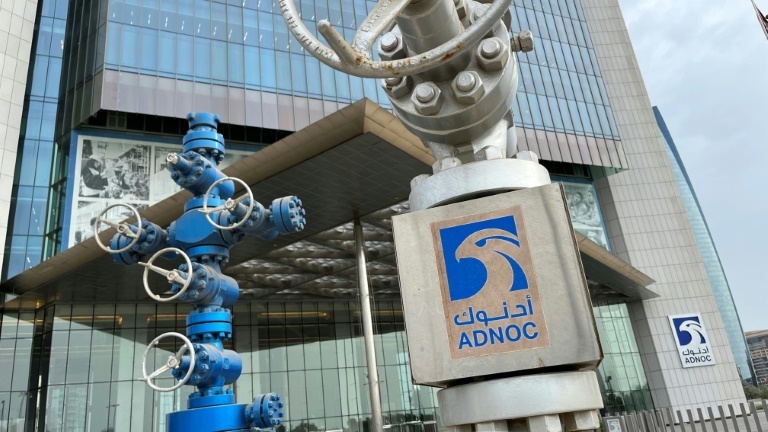
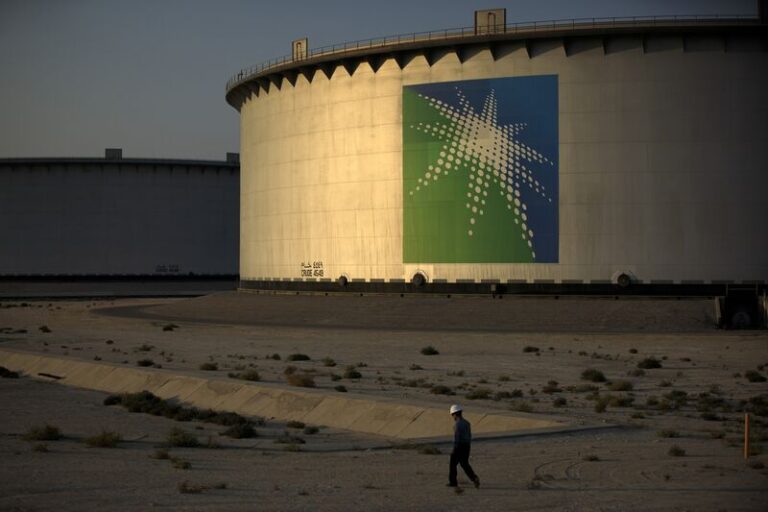



NEW HAVEN – Now that the falsehoods and obfuscation of climate denialism have finally been silenced, addressing climate change has become the world’s top priority. But time is running out, and the International Monetary Fund warns that any further delays on implementing policies to mitigate global warming will only add to the economic cost of the transition to a low-emissions economy. Worse, we still lack a concrete, pragmatic strategy for tackling the problem. Although economists have made a robust case for why carbon taxes are the best solution, this option has proven politically infeasible, at least in those countries that account for some of the highest emissions (namely, the United States).
Commentators have also stressed that climate change is a shared problem involving important cross-border externalities that must be addressed through a multilateral approach to global coordination. But, as with carbon taxes, this argument has fallen on deaf ears. And, given the current geopolitical climate and the increasing fragmentation of the global economy, there is little hope that the message will get through anytime soon.
Having committed to assisting developing economies as they confront climate change, the World Bank finds itself limited by the country-based model underlying its financing operations. It is earnestly weighing its options and considering how it could coordinate climate-related financing across borders. But while such efforts are well meaning and consistent with the spirit of multilateralism, they inevitably will delay concrete action. World Bank financing would have to be completely restructured, and coordinating action across multiple countries that have limited financial resources and often conflicting interests seems an impossible task. For example, while some developing economies are rich in fossil fuels, others are starved for energy sources.
Given these limitations, pragmatism dictates focusing on the biggest polluters. Global carbon dioxide emissions are concentrated among only a handful of countries and regions. China, the US, the European Union, Japan, and Russia collectively account for 63% of the total, and none of these top polluters is a low-income country anymore. China, the poorest of the group, represents around 30% of all emissions, making it by far the world’s largest current polluter in absolute terms. But its government is taking steps to accelerate the transition to green energy – a winning strategy, given the country’s abundance of rare earth metals.
India, the third-largest emitter, currently accounts for approximately 7% of global CO2 emissions, and its size and growth trajectory imply that it could easily surpass China as the leading polluter, barring stronger climate policies. In fact, when it comes to helping developing countries decarbonize, considerable progress could be made simply by targeting India alone. The big advantage of this strategy is that it would avoid the paralysis associated with attempts to adopt a multilateral approach in an increasingly fragmented world.
This does not mean that we should eschew projects aimed at climate mitigation or adaptation in other countries. But we would not need to wait until everyone is on board before doing anything. Those insisting on a multilateral approach should learn from the experience of the ultimate multilateral institution: the World Trade Organization. Its requirement that every single provision in every multilateral agreement gain unanimous support has left it increasingly paralyzed, prompting demands for institutional reform.
Of course, India is not low-hanging fruit. It is rich in coal and has little incentive (beyond the health of its citizens) to hasten the transition to green energy. In focusing on India, we would need to employ the carrot, not the stick.
Since the stick generally takes the form of pressure to implement carbon taxation, it is a non-starter. A tax would be ineffective, because it would incite massive domestic opposition (as has been the case in the US). It would also be morally objectionable, because it is unfair to ask a lower-middle-income country to bear the burden of reducing CO2 emissions when rich countries (like the US) have failed to do the same. Moreover, even if China and India are now two of the world’s biggest polluters, they bear little responsibility for the past, cumulative emissions that led to the current climate crisis.
That leaves the carrot, which would come in the form of tax incentives or subsidies to support green energy. When paired with other policies, these can ease firms into adapting to higher environmental standards (such as those associated with a cap-and-trade program). But such policies are expensive, which means that tackling climate change will require richer countries to help finance them. Whether or not India becomes the new China, it is still in our power to ensure that it does not become the new outsize polluter.
https://www.project-syndicate.org/commentary/climate-change-prioritize-top-emitters-over-multilateralism-by-pinelopi-koujianou-goldberg-2023-05